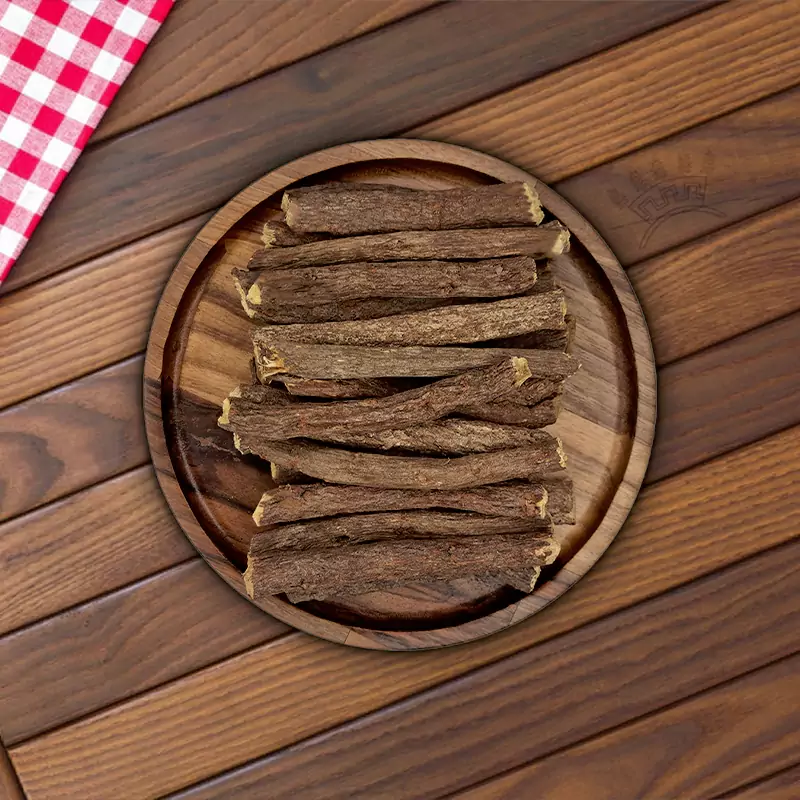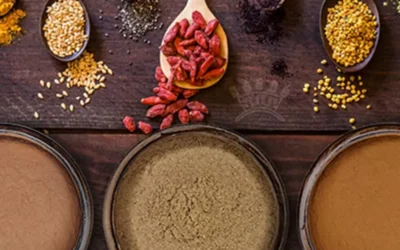What Is Licorice?
Exploring Its History, Uses, and Benefits
Licorice (Glycyrrhiza glabra) is a perennial herbal plant known for its naturally sweet flavor, which is up to 50 times sweeter than sugar. Widely used in traditional medicine, licorice has been a remedy for digestive issues, respiratory problems, sore throat, and skin conditions like eczema and psoriasis, thanks to its anti-inflammatory, antibacterial, and antioxidant properties.
Beyond its medicinal benefits, licorice is a popular ingredient in herbal teas, candies, and baked goods, serving as a natural sweetener and flavor enhancer. Additionally, it plays an essential role in industries like cosmetics, pharmaceuticals, and tobacco. Licorice remains a globally recognized plant, valued for its unique taste and versatile applications.
Background
Licorice: A Perennial Herb with Ancient Roots and Modern Applications
Licorice (Glycyrrhiza glabra), a perennial herb, has been used for centuries in both food and medicine. Its applications range from treating peptic ulcers, indigestion, and acid reflux to alleviating coughs, bacterial and viral infections, eczema, and psoriasis. This article explores the following topics:
- What is licorice?
- Fields of licorice consumption
- Licorice in herbalism and traditional medicine
- Effects of licorice on health
- Excessive consumption of licorice
- Licorice products
This content is provided by Sepidan Osareh Jonoob Co.
What Is Licorice?
Licorice is a wild plant native to Southern Europe, Western Asia, and North Africa. It belongs to the bean family and derives its name from a Greek-Latin term meaning “sweet root.” This herb has a long history, with its use dating back to ancient Egypt, where it was prized for making sweet drinks. Egyptian rulers, including King Tut, included licorice in their treasures due to its perceived value.
Licorice plants grow between 1 to 1.5 meters tall, with purple to light blue flowers and extensive roots, including taproots and runners. The roots are light brown, flexible, and soft, while the plant has small, rounded leaves. Licorice thrives in sunny, dry climates, tolerates drought, and requires well-drained soil with minimal watering. It is an easy-to-grow perennial plant that is harvested in autumn, typically 2–3 years after planting.
Geographical Distribution and Trade
Licorice is cultivated in China, Iran, Turkey, Iraq, Italy, Pakistan, India, and other countries. Major importers in Europe include Germany, France, Italy, the Netherlands, the United Kingdom, and Finland. Licorice’s appearance and type vary by origin; for example, Spanish licorice is sold as unpeeled runners, while Russian licorice comes in peeled pieces.
Nutritional and Structural Components
Research shows that licorice contains:
- 20 Triterpenoids and Nearly 300 Flavonoids:
- Triterpenoids: Natural glycosides with bioactive properties.
- Flavonoids: Polyphenolic compounds found in flowers, tea leaves, grains, fruits, and vegetables, known for their antioxidant, anti-inflammatory, and anti-cancer effects.
- Minerals: Phosphorus, calcium, iron, magnesium, potassium, and others contribute to its nutritional value.
Licorice’s Sweetness
Licorice’s distinct sweetness is due to glycyrrhizin, a compound 50 times sweeter than sugar. This makes licorice a popular natural sweetener in various industries.
Licorice’s versatility, nutrient-rich composition, and history of use make it a valuable resource in modern medicine, food, and other industries.
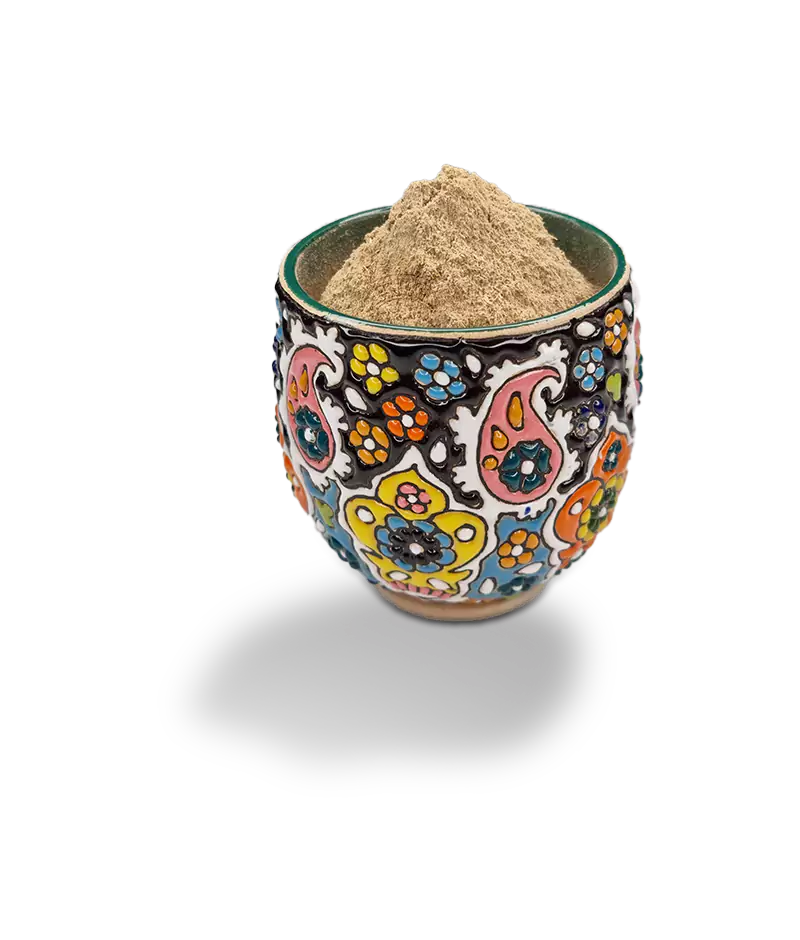
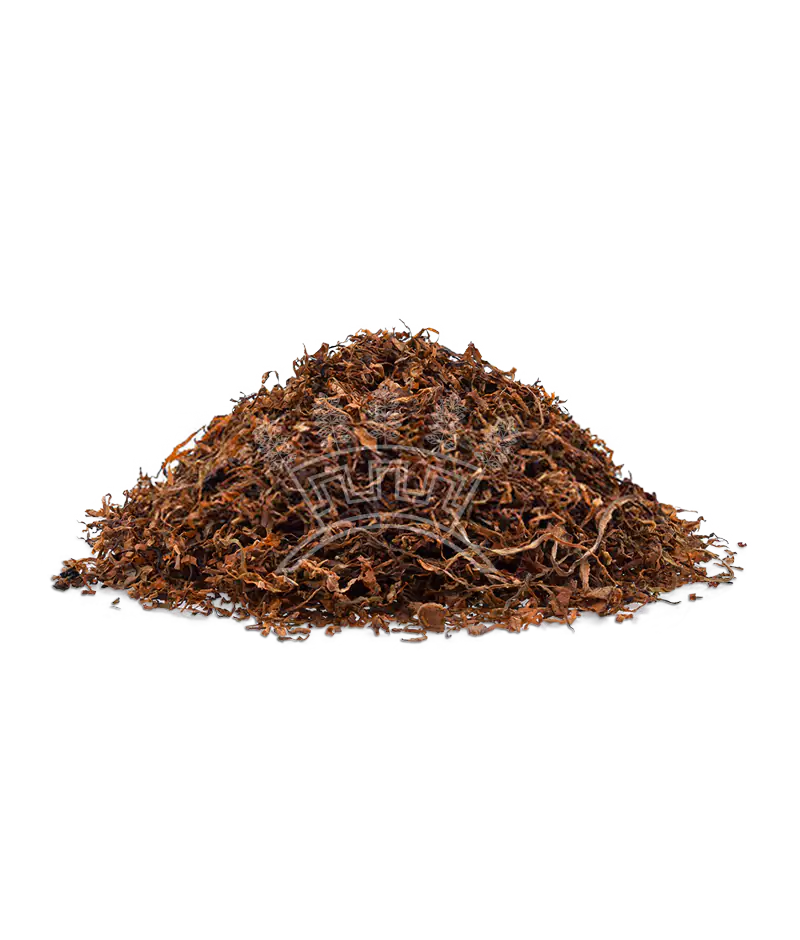
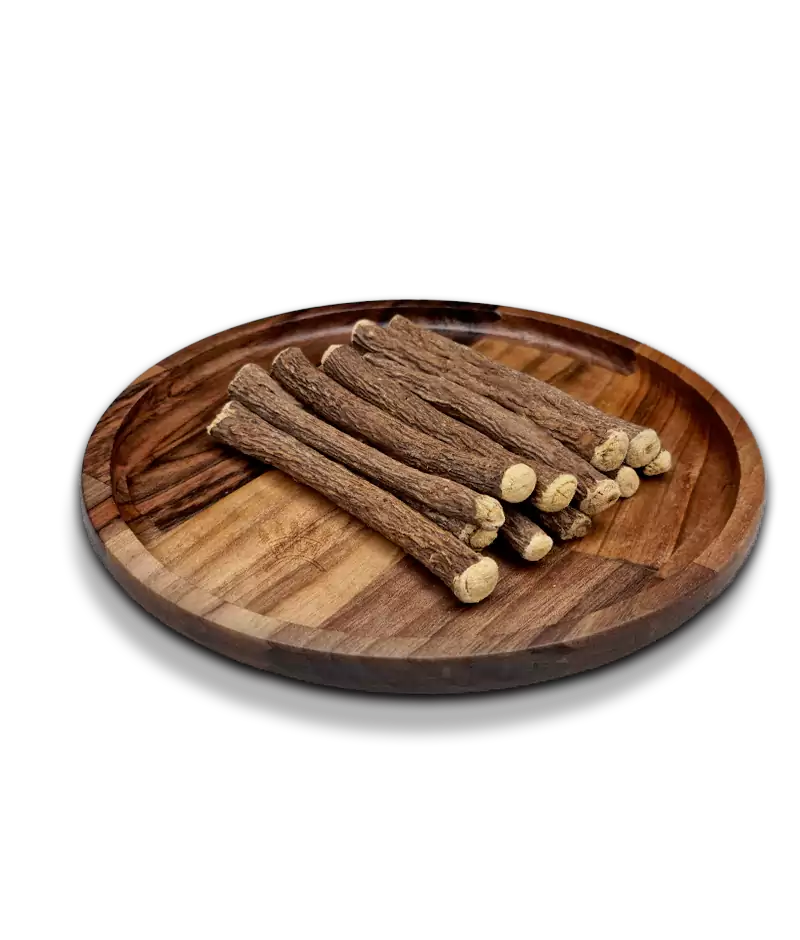
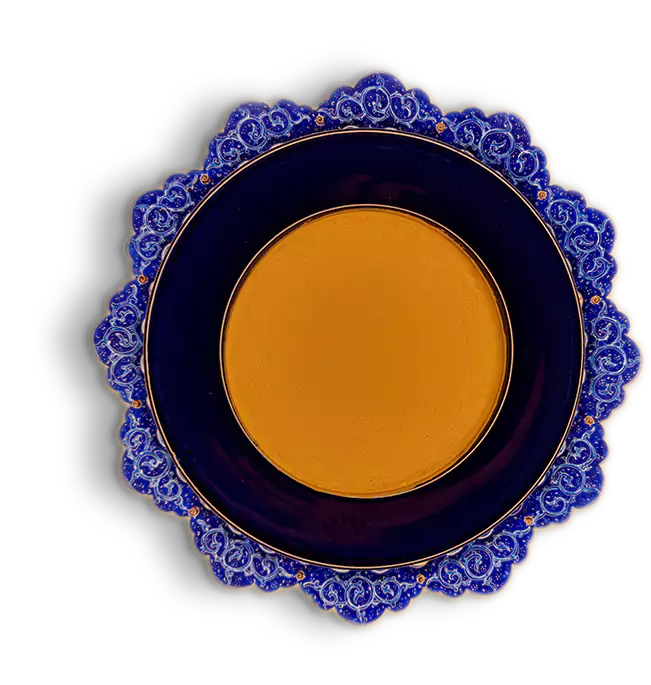
Licorice Fields of Consumption
Licorice (Glycyrrhiza glabra) is a versatile plant widely used across various industries due to its unique properties as a natural sweetener and flavoring agent. Since the Middle Ages, it has been valued for adding flavor and color to food. Here are the key fields of licorice consumption:
1. Tobacco Industry
Licorice plays a significant role in the tobacco industry, where it is used to impart a sweet flavor and distinctive aroma to tobacco products. It enhances the flavor of cigarettes and helps maintain tobacco’s moisture, improving its overall quality.
2. Food and Beverages
Licorice is a natural seasoning used to flavor sauces like soy sauce and pickles. Its root is used in dry foods such as sugar, coffee, and salt, and it is a common spice in meat dishes.
- Candies and Gum: Licorice is a natural sweetener in pastilles and chewing gum, reducing or eliminating the need for artificial sugars. It freshens the mouth and helps prevent tooth decay.
- Teas and Herbal Drinks: Licorice powder, ground root, or dried leaves are used to make herbal teas. Licorice tea offers numerous health benefits, such as relieving sore throats, reducing stress, aiding digestion, controlling stomach acid, and strengthening the immune system.
- Alcoholic Beverages: Licorice is often used in stronger alcoholic drinks to impart a distinctive taste.
3. Cooking
Licorice powder is a popular ingredient in sweet and savory dishes. It can be added to flour for making pasta or used as a seasoning for meat dishes.
4. Confectionery Industry
Licorice is a key ingredient in chocolates, candies, and sweets, particularly in Nordic countries, where it has a long-standing tradition and a loyal fan base. It provides a distinctive herbal flavor that enhances the uniqueness of these products.
5. Cosmetics and Healthcare
Licorice is highly valued in the cosmetics industry for its vitamins (B and E), minerals (potassium, magnesium), and other beneficial properties.
- Skin Benefits: Licorice extract prevents hyperpigmentation, cleanses the skin, and has anti-aging properties. It helps regenerate collagen, making the skin soft and smooth, and protects against UV damage thanks to its active antioxidant, Licochalcone A.
- Hair Benefits: Licorice strengthens hair follicles, prevents hair thinning, promotes growth, and repairs damaged or colored hair.
Licorice is found in products like creams, shampoos, soaps, sunscreens, hydrating lotions, and anti-wrinkle treatments.
6. Medicine and Pharmaceutical Industry
Licorice is used in syrups and lozenges to soothe sore throats and reduce cough. It is also included in topical gels and ointments for pain relief and capsules or pills for various ailments.
Licorice in Herbalism and Traditional Medicine
Licorice has a rich history in herbalism and traditional medicine, spanning thousands of years. Its positive health effects are significant and well-documented.
- European Herbalism: Licorice was traditionally used for dry cough, asthma, and respiratory diseases.
- Chinese Medicine: Licorice was considered a “guide drug” that enhanced the effectiveness of other ingredients and improved flavor. It was believed to provide endurance and strength.
- Indian and Greek Medicine: Licorice was used to treat heartburn, eczema, cough, and bronchitis.
- Egyptian Medicine: Licorice was highly regarded as a pharmaceutical herb and a popular beverage ingredient.
Historical manuscripts from 360 A.D. document licorice’s use for coughs, hair loss, skin issues, and eye ailments. Roman emperors and their armies also used licorice to quench thirst and enhance endurance during campaigns.
Conclusion
Licorice is a multifaceted plant with applications in diverse industries such as food, beverages, tobacco, cosmetics, and traditional medicine. Its long history and continued use underscore its value as a natural remedy and ingredient with unique properties that cater to both health and taste.
Licorice Effects on Our Health and Body
Licorice (Glycyrrhiza glabra) has been widely recognized for its medicinal properties and positive effects on various health conditions. Below are the key health benefits of licorice:
Digestive Health
Licorice root, primarily through its active compound glycyrrhizin, is effective in treating:
- Stomach pain, indigestion, and heartburn
- Acid reflux and peptic ulcers, which are often caused by bacterial inflammation. Glycyrrhizin aids in healing and reducing inflammation in the stomach lining.
Respiratory Health
Licorice acts as an expectorant, helping to remove excess mucus from the airways. It has also been used to treat bronchial asthma and slow the progression of bronchitis, thanks to its glycyrrhizic, asiatic, and oleanolic acids.
Skin Health
Licorice’s antibacterial, antiviral, and anti-inflammatory properties make it effective for improving skin conditions such as:
- Eczema and psoriasis, by reducing redness, irritation, and itchiness.
- Wound healing, promoting faster recovery.
Dental Health
Licorice root is a natural remedy for oral diseases, including:
- Aphthous ulcers (canker sores)
- Gingivitis (gum inflammation)
- Dental caries (tooth decay)
- Periodontitis (gum disease)
Antibacterial and Antiviral Properties
Licorice contains flavonoids and compounds like GL (glycyrrhizin) and GA (glycyrrhetinic acid), which:
- Inhibit bacterial infections.
- Weaken viral activity by interfering with virus replication and gene expression.
Menopausal Symptom Relief
Research on menopausal women shows that licorice root helps reduce hot flashes and other menopausal symptoms by regulating hormonal fluctuations.
Liver Health
Licorice is effective in managing Hepatitis C, as glycyrrhizin controls the disease’s progression and helps prevent cirrhosis. It also supports liver health by breaking down cortisol, a stress hormone.
Anti-Fungal and Anti-Cancer Effects
Licorice contains glabridin, an antifungal compound that slows the growth of bacteria and viruses. Additionally, licorice may reduce the growth of cancer cells in conditions such as:
- Breast cancer
- Prostate cancer
- Other forms of cancer.
Stress Management
Licorice helps regulate adrenal gland function, balancing cortisol levels and combating stress. This results in better energy management and improved reactions during stressful situations.
Conclusion
Licorice is a potent natural remedy with a wide range of health benefits, from aiding digestion and improving respiratory health to managing skin conditions, liver health, and stress. Its unique combination of glycyrrhizin, glabridin, flavonoids, and other bioactive compounds makes it a valuable addition to traditional and modern medicine.
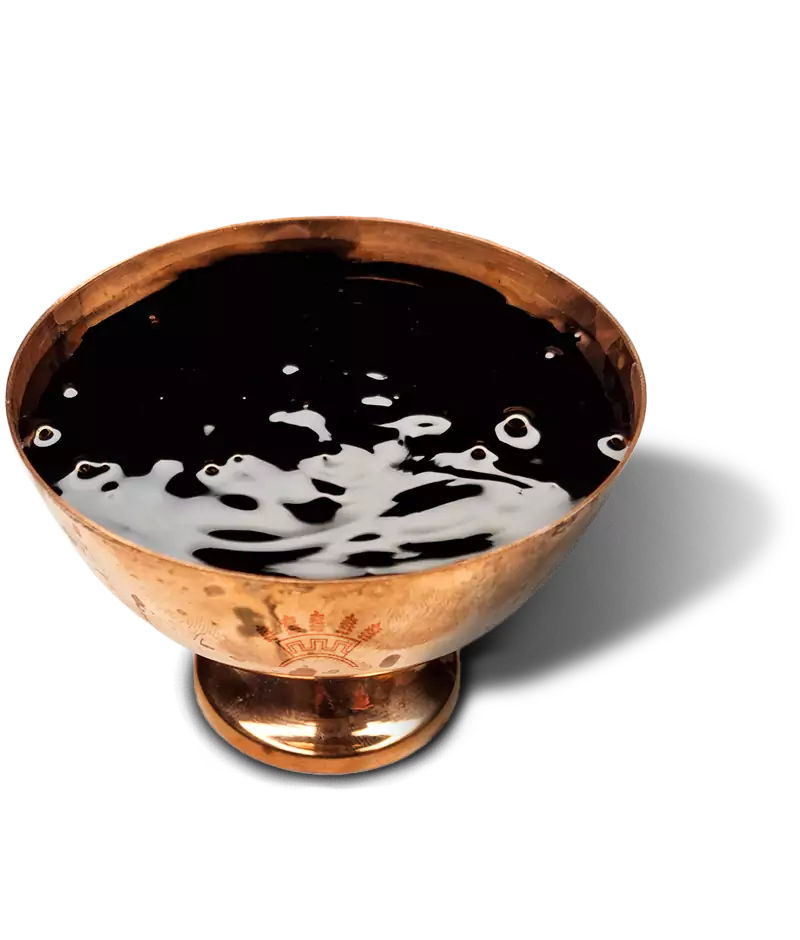
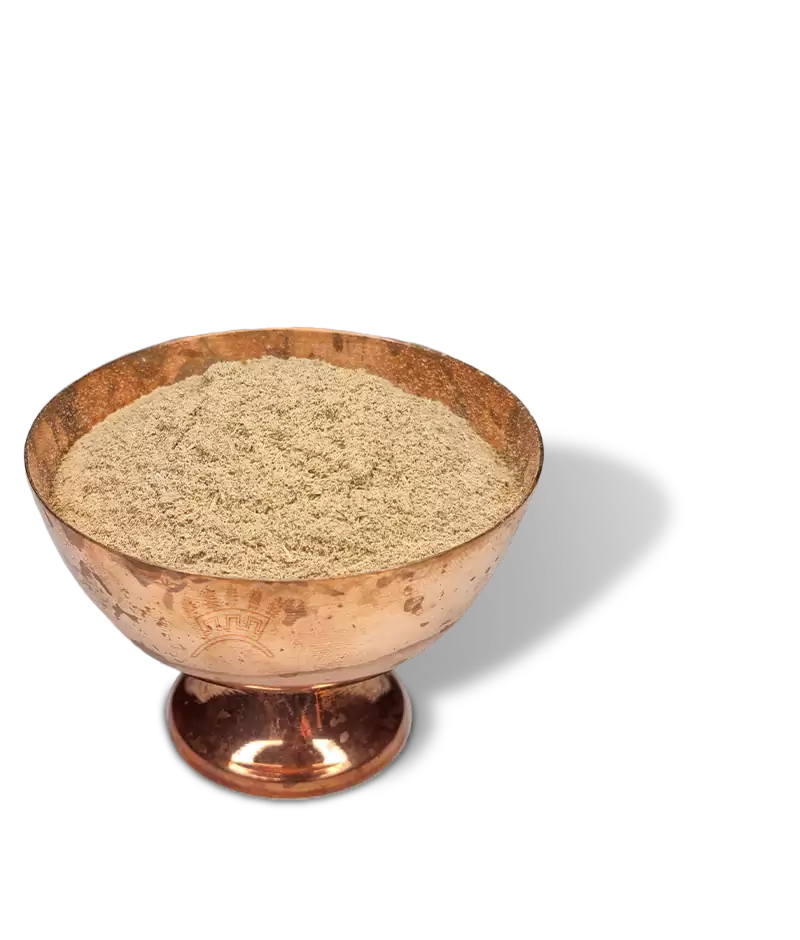
Licorice
Excessive Consumption of Licorice
Licorice should be consumed in moderation as overuse can cause side effects, primarily due to glycyrrhizic acid. Prolonged or excessive intake may lead to:
- High blood pressure and low potassium levels, particularly dangerous for individuals with hypertension, kidney, or heart issues.
- Muscle weakness, fatigue, and irregular heart rhythms.
- Rare cases of licorice poisoning, causing kidney dysfunction.
Pregnancy and Breastfeeding: Women should consult their doctor to determine safe licorice consumption during these periods.
Conclusion
Consume licorice within recommended doses to avoid health risks, especially for vulnerable individuals.
The World Health Organization (WHO) and the European Scientific Committee of Food (SCF) recommend limiting glycyrrhizin intake to 100 mg per day to avoid potential side effects.
Medication Interactions
Licorice can interact with medications such as:
- Blood pressure drugs
- Warfarin (blood thinner)
- Anti-cholesterol medications
- Estrogen-based contraceptives
If you are on any of these medications, consult your doctor before consuming licorice.
DGL (Deglycyrrhizinated Licorice)
DGL is a processed form of licorice with significantly lower glycyrrhizin levels, making it safer for long-term use and reducing the risk of drug interactions.
Research from 2014 found that DGL promotes mucus production, which helps protect the stomach lining and acts as a barrier against acid reflux. This makes DGL an effective treatment for peptic ulcers and acid reflux.
Conclusion
To safely consume licorice, follow recommended glycyrrhizin limits, consult a doctor if taking medications, and consider DGL as a safer alternative for prolonged use.
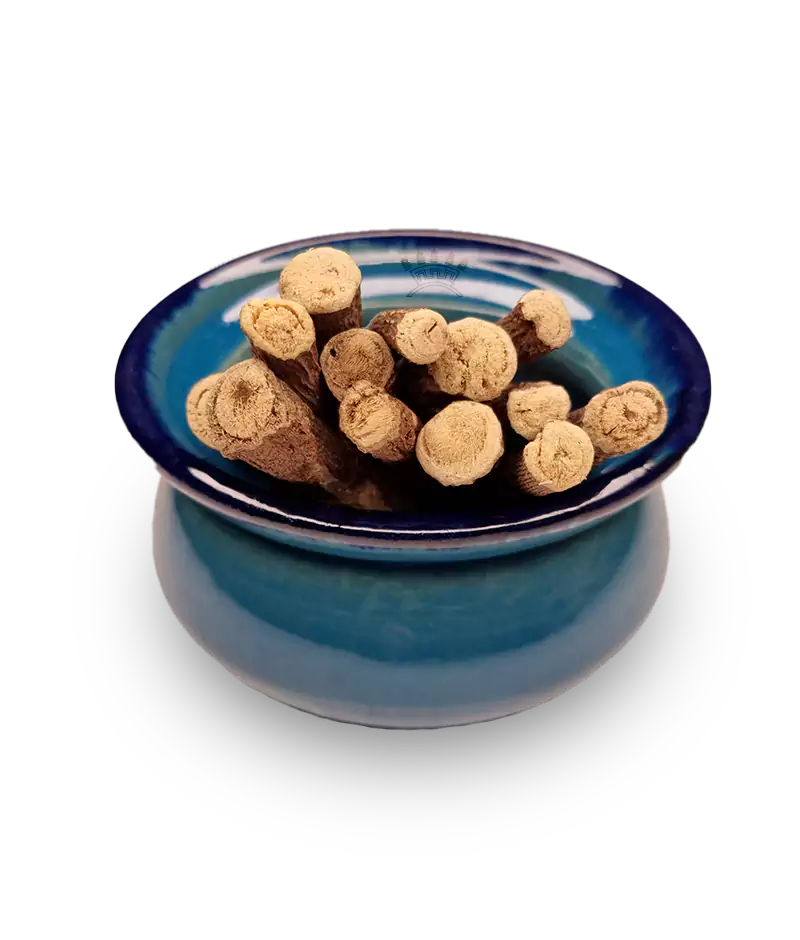
Licorice products :
Licorice is available in various forms, including licorice extract paste, licorice root powder, licorice extract powder, licorice extract nuggets, licorice extract granules, licorice extract blocks, licorice root, and licorice DGL (Deglycyrrhizinated Licorice).
Licorice Extract Powder
Licorice Extract Paste (Liquid)
Licorice extract paste is a water-soluble product favored by various industries. Due to its natural and semi-liquid texture, it is widely used in the tobacco and food industries.
Licorice Root
After harvesting, licorice roots are cleaned, dried, and then processed by grinding, chopping, or slicing to prepare them for various uses.
Licorice Root Powder
Licorice Extract Blocks
Licorice extract blocks are primarily used in the confectionery and tobacco industries. They have a black color and a bitter-sweet taste, making them ideal for these applications.
Licorice Extract Granules
Using modern technology, licorice extract is transformed into small, easily soluble granules. These granules dissolve quickly in hot water and have a super strong taste and flavor. They are primarily used in the pharmaceutical industry.
Licorice DGL (Deglycyrrhizinated Licorice)
Licorice DGL is an ideal option for individuals with diabetes, high blood pressure, and peptic ulcers due to its reduced glycyrrhizin content. It is widely used in the pharmaceutical industry, food production, confectionery and chocolate manufacturing, child nutrition, and pet food.
Licorice Extract Nuggets
Sepidan Osareh Jonoob Co. is a leading global producer and exporter of licorice products. With a daily production capacity of 20 tons, the company is renowned for delivering high-quality licorice products while strictly adhering to quality control management systems and international standards.
Latest Licorice Articles and News
Nutritional Value of Licorice
Nutritional Value of Licorice Glycyrrhiza glabra, commonly known as licorice, is a plant with a long history of use in both traditional medicine and culinary practices. Across traditional Iranian, Indian, Chinese, and Greek medicine, licorice has been widely...
Types of Licorice Powder
Types of Licorice Powder Licorice powders come in three main types: Licorice Root Powder (used in teas and traditional medicines), Licorice Extract Powder (for cosmetics and pharmaceuticals), and DGL Powder (a safer option for treating digestive issues). These powders...
Uses of Licorice in Cooking
Uses of Licorice in Cooking Licorice has been used for centuries in both cooking and traditional medicine. Known as a natural sweetener and flavoring agent, licorice not only enhances the taste of dishes but also offers numerous health benefits. It serves as an...
